What and how to feed the puppy?

Inexperienced dog breeders often wonder how and how to feed a puppy. Cubs are highly active and grow intensively. The body constantly needs a large number of calories to replenish the energy costs that went into creating new cells. Therefore, the younger the pet is, the higher the frequency of feeding it. For the normal functioning of the internal organs, the puppy needs not only milk and meat, but also cereals, vegetables and a small amount of fruits.
Fundamental rules
Animal health problems develop as a result of an improperly selected diet. To avoid negative consequences, it is necessary to correctly develop the daily pet menu. During the first months of a young dog's life, a number of hormonal changes take place, under the influence of which the work of the digestive system also changes. Puppies switch from baby food to solid foods, the gastrointestinal tract gets used to the digestion of new food, the colonization of microflora.


Normally, the adaptation process takes place without discomfort for the animal itself. To avoid problems with feeding the animal, veterinarians advise the owners to adhere to the following rules.
- Introducing fractional nutrition. If the puppy overeats 1-2 times a day, he will become constipated. Due to the large amount of food, distension of the stomach is possible, the development of obesity. Inappropriate nutrition leads to dramatic changes in the plasma concentration of glucose in the blood. With a sudden drop in blood sugar, the puppy will feel acute hunger, which will increase the daily food intake.As a result, excess nutrient compounds will be deposited in the form of subcutaneous and visceral fat.
- Correct positioning of the bowl. Experienced breeders do not recommend feeding your puppy from a bowl on the floor. The dishes should stand firmly on the support, level with the dog's chest. This approach will help to avoid deformation of the spine, reduce the load on the neck, and form the correct posture of the dog. Puppies will grow, so it is recommended that you purchase height-adjustable lifting stands in advance. For small breeds, such equipment is not needed.
- There should be equal time intervals between meals. The dog adapts to the new feeding schedule. The amount of food for each breed is different, so you should consult your veterinarian before feeding your puppy. A specialist will help you take into account all the breed characteristics of the dog. If the puppy still has food in the bowl after eating, then the next time it is necessary to put 20% less food.
- Prohibited foods must be completely eliminated. You can't give your dog biscuits or bread as a snack; you will need to wean the puppy from begging for food from the person's table. If the pet eats natural products, it needs to be heated up to 18-20 ° C. You cannot feed the puppy with monotonous food.
- Permanent access to drinking water. In hot weather, you will need to change the fluid 2 times a day. In winter, you can put a bowl of water once in the morning and refill only if necessary. The dog should not only eat dry food. For normal digestion of food, she needs to drink liquid to soften the food lump and
You need to feed a puppy, regardless of its breed and age, only after a walk. Dogs are carnivores whose digestive system assimilates and processes food under resting conditions. If the puppy eats before going outside, he may have stomach problems.
The pet's diet should contain meat products, which should be fed to the dog at least once a week.
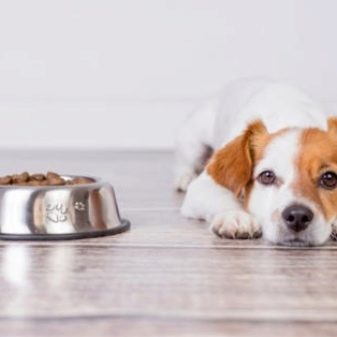
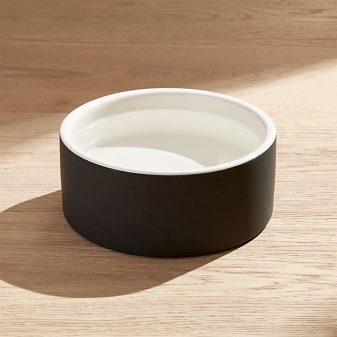
What can you feed?
Veterinarians believe it is best to feed your puppy fresh, high quality food. The baby can easily be poisoned by cheap food. A young dog needs natural food, the cost of which is lower than dry granules. At the same time, a diet based on fresh food requires the dog owner to have free time for cooking and frequent shopping in the store. In the future, you can transfer the pet to ready-made food. But in addition to dry food, natural food should still be present in the animal's diet. As long as puppies eat fresh food regularly, they won't have any digestive problems.
The following foods are allowed to be included in the pet's diet.
- Low-fat meat: veal, beef. Up to six months of age, meat should make up 40% of the daily diet. For 1 kg of body weight of the cub, 30 g of fillets are given. The puppy can eat both raw and cooked meat. You can leave the product half-baked by pouring boiling water over it. Such a procedure will help kill the eggs of parasites and pathogenic microorganisms, as well as preserve the natural structure of animal protein at the same time.
- Milk nutritional mixtures. This product can be fed to a puppy for six months. Milk drinks support the pet's immune system and strengthen its musculoskeletal system. Veterinarians recommend buying goat milk because it is hypoallergenic. If you plan to feed the puppy with cow's milk, then it should be diluted with water to prevent the development of diarrhea.
- Chicken or turkey. Bird fillets must be freed from small bones and skins. Chicken skin contains a large amount of fat, which disrupts pet's digestion. Before giving meat to the puppy, chop it into small pieces.
- Dairy products. They contain more beneficial bacteria and calcium than dairy products.It is recommended to include cottage cheese, sour cream or kefir with a small percentage of fat in the baby's diet. Fermented milk drinks ensure the proper digestion and absorption of solid foods. Thanks to their regular use, your puppy will have strong teeth.
- Fish fillet. It can be given to your pet 2 times a week. The most suitable option for cubs is the meat of sea fish. It contains practically no bones, unlike river species, from the use of which the puppy can choke or damage its throat. It is necessary to carefully choose the fish for the pet - helminth eggs may be present in the fillet.
- Porridge. Cereals are high in complex carbohydrates and coarse fiber, which are essential for the normal development of a pet. For the puppy, prepare semolina, rice, buckwheat or oatmeal porridge in milk. In this case, it is necessary to carefully monitor the condition of the animal. Plant foods are a common cause of allergic reactions in dogs. With the development of diarrhea, it will be necessary to exclude cereals from the animal's diet for 7-10 days.
- Vegetables. They contain many vitamins that are necessary to maintain intracellular metabolism. As part of home feeding, your puppy should be given pumpkin, beets, carrots, and courgettes. Vegetables should not be given raw - the dog will refuse to eat them. You should give a small amount of vegetable puree made from stewed fruits. As your dog gets older, you can add leafy greens to the dish.
- Fruits and berries other than grapes. They make up about 5% of a dog's diet. Fruit fruits are given to pets as a treat. Puppies are not allowed to eat a lot of fruits and berries due to their high content of organic acids.
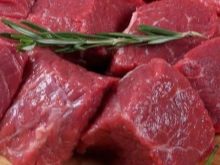

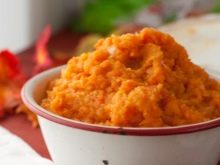
Once every 2-4 weeks, it is allowed to give the puppy raw or boiled eggs. They are rich in animal protein and calcium and are able to provide the animal with a large amount of energy.
You can feed your puppy dry food every month. Ready-made granules contain all the ingredients dogs need, so owners do not need to compose and adjust their pet's diet on their own. It is necessary to gradually transfer the puppy from dairy food to dry food, because an abrupt transition to a new type of food can lead to bloating, gas and constipation.
Puppy owners should familiarize themselves with the rules for feeding their dog dry food:
- feed mixture is purchased depending on the age and breed of the animal;
- you should choose a brand of well-known manufacturers;
- there are 3 types of pellets: economy class, premium class and super premium class; the puppy must eat only premium and super-premium food;
- along with the cow mixture, the puppy should be given a mineral complex;
- water is needed to soften the food coma.
You need to feed the puppy with one thing - either "natural" or dry food. It is strictly forbidden to constantly alternate dry food with fresh products.
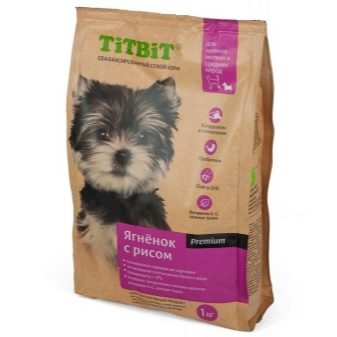
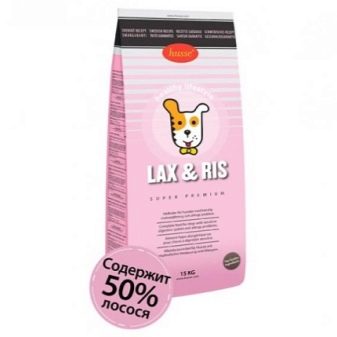
Prohibited foods
Cannot be included in the diet of the puppy the following products.
- Confectionery and baked goods. They are distinguished by a high sugar content, which activates the fermentation processes in the gastrointestinal tract. Chemical reaction negatively affects the digestion and absorption of nutrients in predatory animals.
- Whole milk. Puppies do not digest the dairy product.
- Sharp, pickled, spicy and salty dishes.
- Pork. This type of meat product may contain trichinosis. Infectious disease in dogs is difficult to treat. There is a high risk of death.
- Boiled potatoes. Starch is not absorbed in the dog's body.
- Sausages, sausages and other offal. Contains impurities that are toxic to pets, preservatives, flavors and dyes.
- Chicken bones. When cut, small pieces of bone can enter the puppy's respiratory system or esophagus, resulting in injury or death.
- Legumes and cabbage. They intensify fermentation in the stomach.
- River fish, raw chicken. Fillets may contain worm eggs.
Monthly puppies are prohibited from giving liquid cereals, bread, pasta.

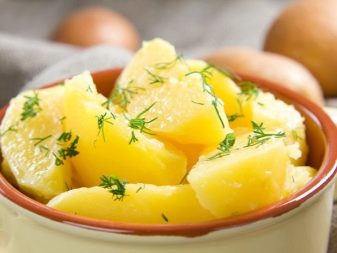
How many times a day should you give food?
A month-old puppy needs to be fed frequently, so his first meal should be between 7:00 am and 8:00 am. The pet dines at the age of 4 weeks at 20: 00-22: 00. The later the feeding takes place, the higher the chance for restful sleep of the animal.
If the puppy feels hungry at night, he will immediately wake up, whine and yap to draw attention to himself. Even if he asks for food, the pet cannot be fed from 22:00 to 6:00. His digestive system is not used to such stress, so a break is necessary for the gastrointestinal tract. To prevent night hunger, you should give your puppy a high-calorie protein food before bed. For example, formula milk or meat.
The diet for the cub changes depending on its age:
- at 2 months, you should feed him up to 5-6 times a day, an interval of 2-3 hours is required between meals;
- from 2 to 4 months, it is necessary to reduce the frequency of meals to 4-5 times a day with an interval of 4 hours;
- from 4 to 6 months, it is allowed to feed only 3-4 times a day;
- from 6 to 10 months, the puppy must remain on three meals a day, at least 6 hours must pass between meals;
- from 10 to 12 months, an almost adolescent dog usually eats 2 times a day after a walk.
If, for any reason, your dog skips a meal, do not give him 2 times more food in the evening. In this case, the feeding schedule and serving size should remain unchanged.
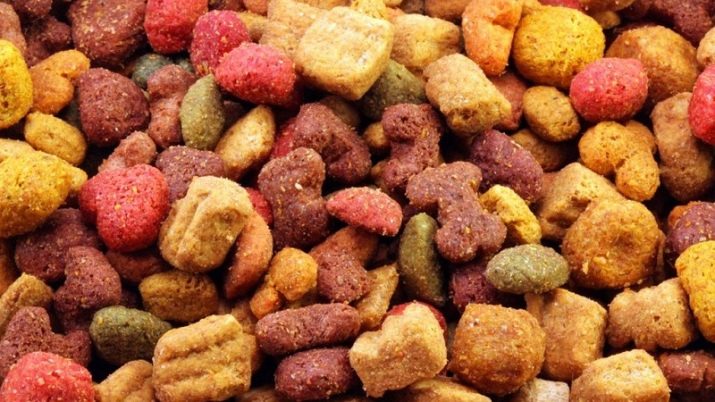
When to switch to two meals a day?
It is necessary to transfer the puppy to two meals a day at the age of 6-7 months. In order not to harm the pet's health, it is necessary to gradually reduce the number of meals. Feeding should be done after a walk 2 times a day, morning and evening. It is recommended to give the puppy food at a strictly defined time. In this case, you should feed the dog only half of the daily dosage of food indicated on the product packaging.
If the puppy does not want to adapt to the new meal schedule, it should be switched to three meals a day. In this case, it is necessary to divide the daily feed rate into 3 equal parts.
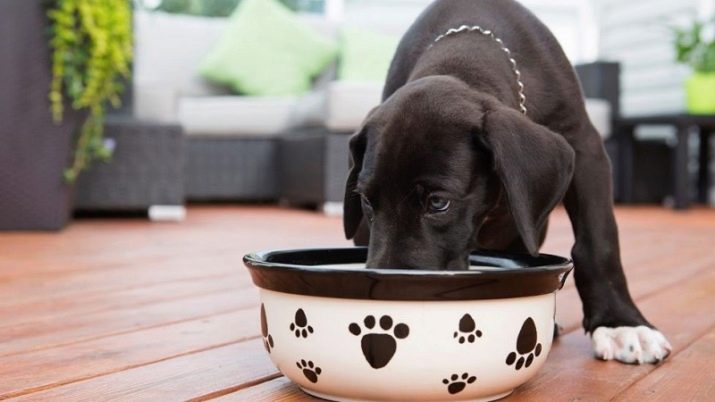
Diet depending on age
The puppy's diet must be adjusted every month until the age of six months. Such frequent changes in nutrition are due to the rapid maturation of the pet.
Feeding at the age of 1 month
In the first month of life, the basis of a newborn's diet is mother's milk. If the female does not have enough secretion or there are more than 4 pups in the litter, artificial feeding should be introduced from the age of 2-3 weeks.
To prepare the nutritional formula, you will need to mix sterilized cow's milk, goat's milk and cream of 20% fat in a ratio of 3: 1: 1. After that, add 2-3 raw quail eggs to 1 liter of complementary foods. All ingredients must be thoroughly mixed and heated if necessary before giving the mixture to a month old puppy.
It is allowed to purchase ready-made serum or dry formula for newborn babies. In this case, you should carefully familiarize yourself with the composition of the product. It should be as close as possible to the structure of the natural milk of dogs.

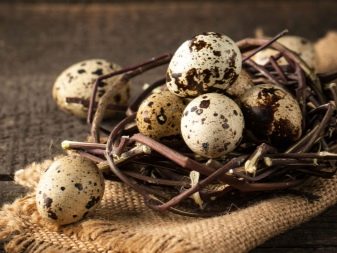
Diet in 2-3 months
During this period, you need to replace milk and nutritional mixtures with solid feed. The puppy's digestive system must gradually adapt to the digestion of coarse fibers. It should be remembered that animals grow several times faster than humans. Dogs require large amounts of calories to maintain an intense growth rate. The energy value of breast milk and special complementary foods is insufficient to cover all the energy costs of a growing organism.
From the age of 2 months, you should feed the pet soaked in water or milk with dry food. For 100 g of product, there should be 1.5 glasses of water.The pet can boil buckwheat, millet, rice groats, oatmeal. In order for him to grow up healthy, his diet must include lean meats and lean broth. For the safety of the pet, it is necessary to pour over the fillet with boiling water or place it in the freezer for 1-2 days. Such treatment will prevent the possible development of an infectious or parasitic disease.
It is allowed to give your pet sour kefir with a high percentage of fat, natural yogurt or fermented baked milk. Curd must be softened with whey. A puppy can get vitamins from a small amount of stewed or boiled vegetables.
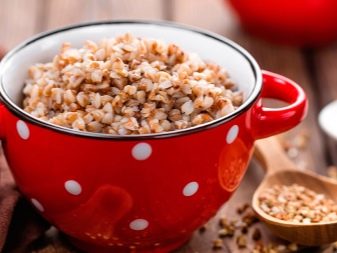
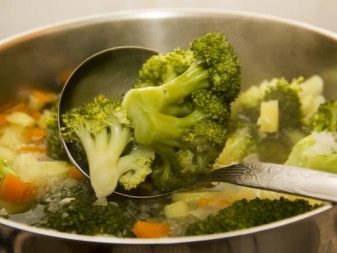
Feeding at 4-5 months of age
At the age of 3.5-4 months, the number of meals increases up to 4 times a day. During this period, it is allowed to give the puppy:
- cottage cheese;
- minced lean meat;
- vegetable-based soups.
It is necessary to mix vitamin complexes for dogs with food. At the age of 3-4 months, their teeth begin to cut. To form a good bite, it is recommended to let your pet chew on cartilage, soft bones and croutons. It is also worth keeping an eye on your pet's oral hygiene by regularly brushing your teeth. The animal's diet does not need to be changed until it is 6 months old.
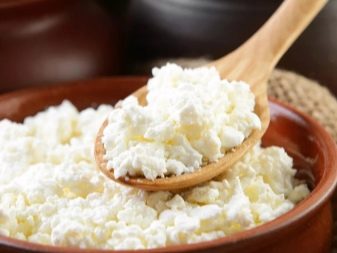
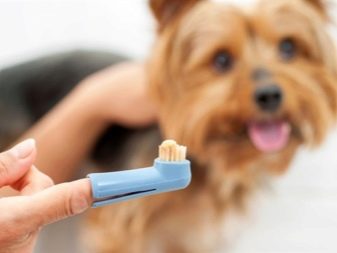
Puppy diet at 6 months
A six-month-old puppy begins adolescence, characterized by intensive growth and development of the body. The dog needs to consume a large amount of animal protein, which is necessary for his body to build skeletal muscles. To maintain the normal functioning of the internal organs, you need to continue feeding the pet along with vitamins and minerals.
Meat should make up 60% of the dog's diet, 35% are cereals, 20% are vegetables. It is recommended to boil and grind plant foods with a blender.
For normal assimilation of coarse fiber, 1 tsp should be added to a homogeneous mass of vegetables. vegetable oil.
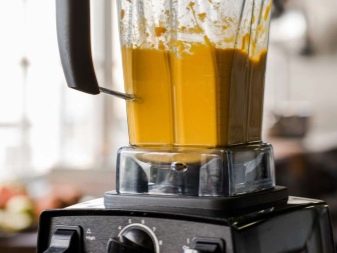
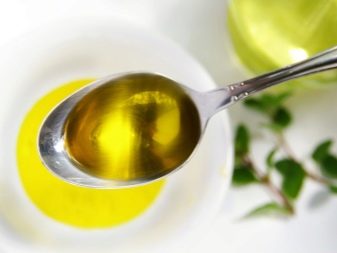
In the next video you will find tips for feeding puppies, proven by experience and practice.






































